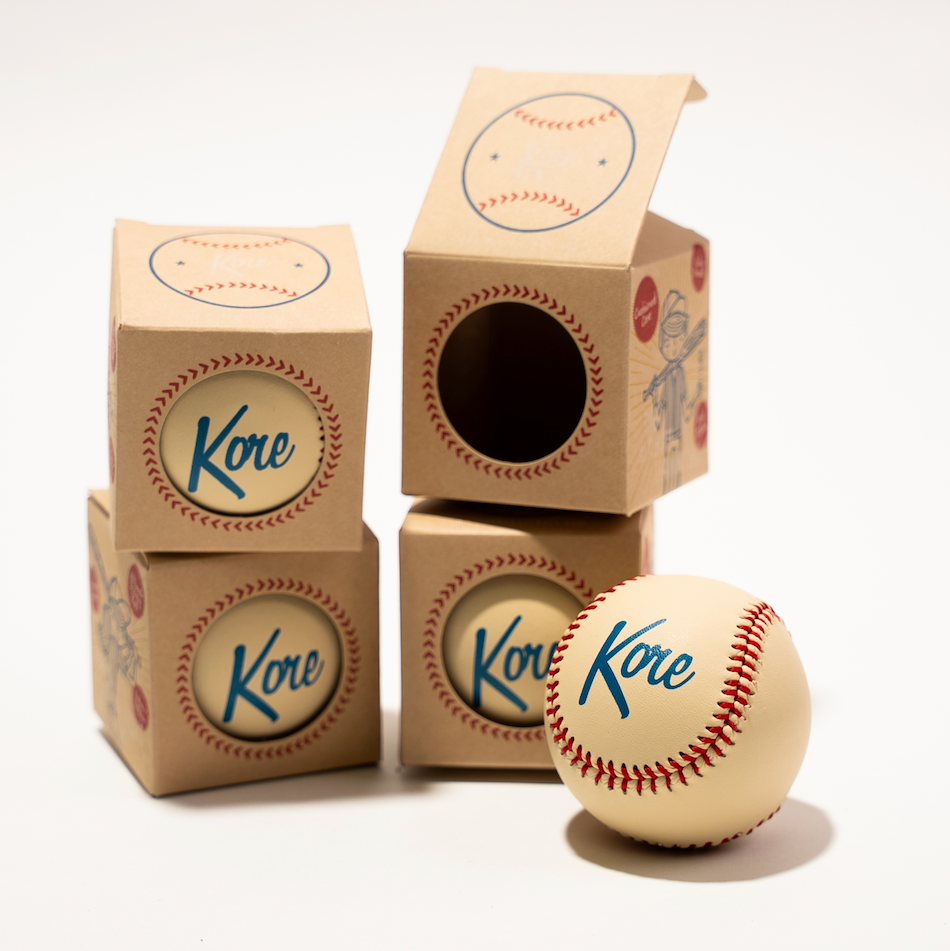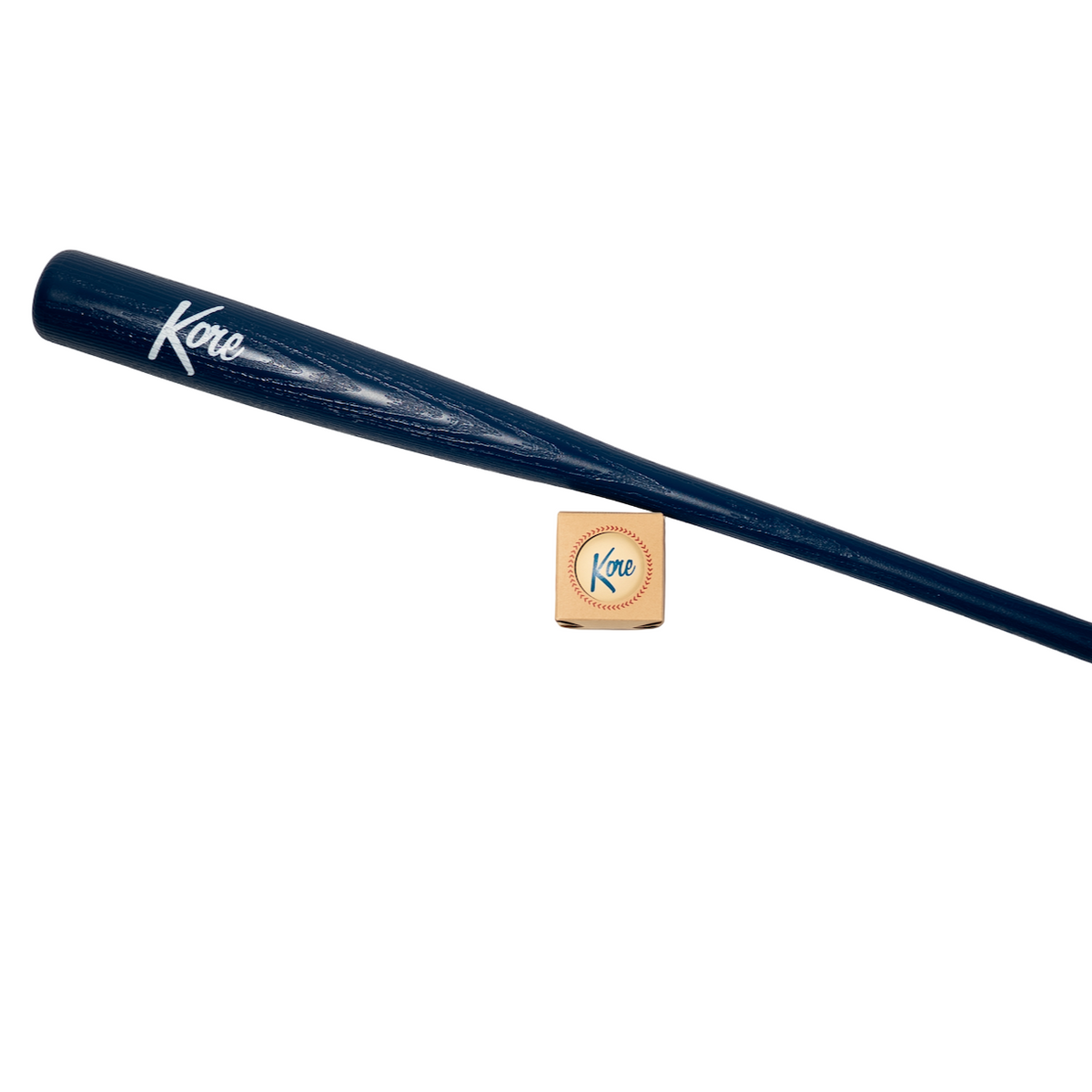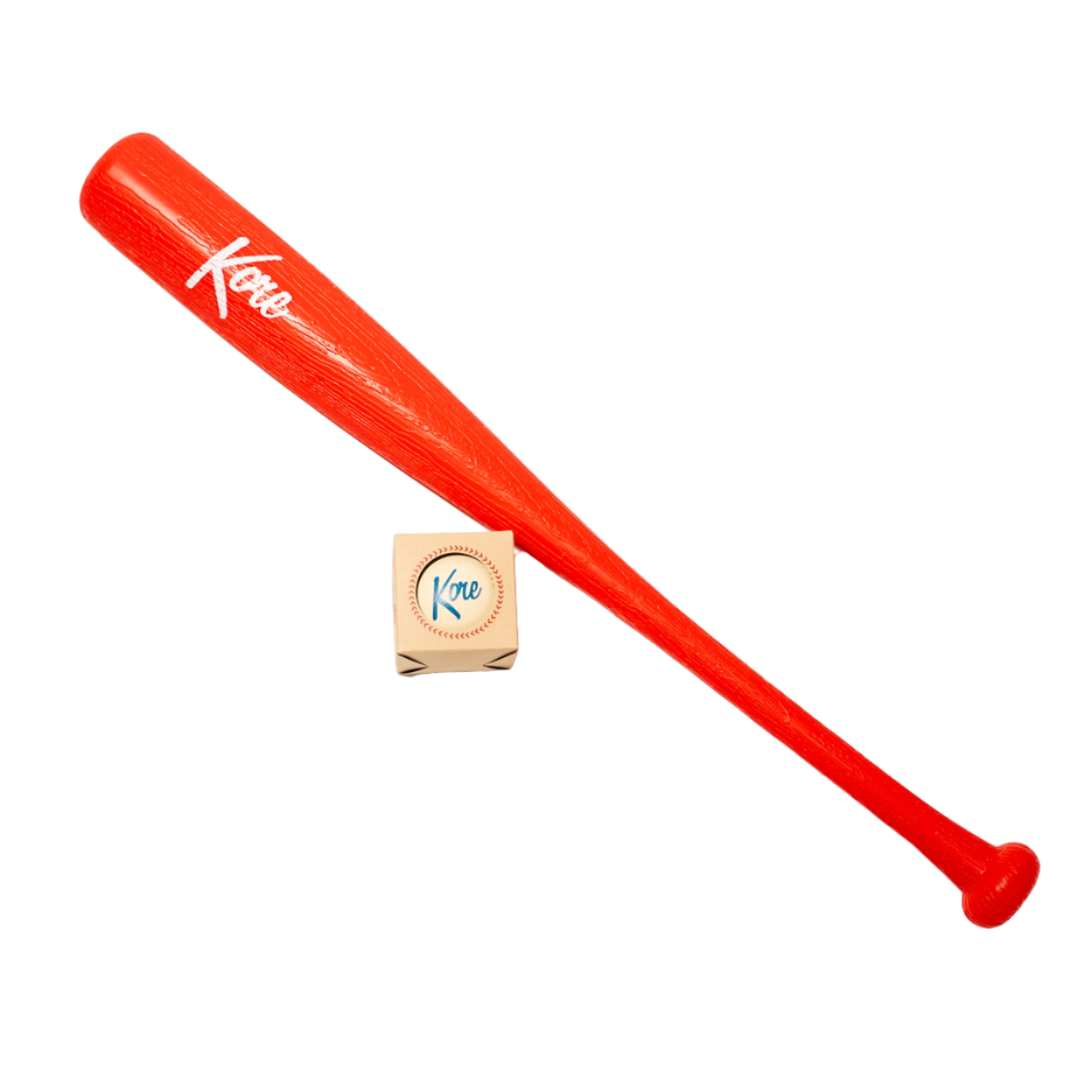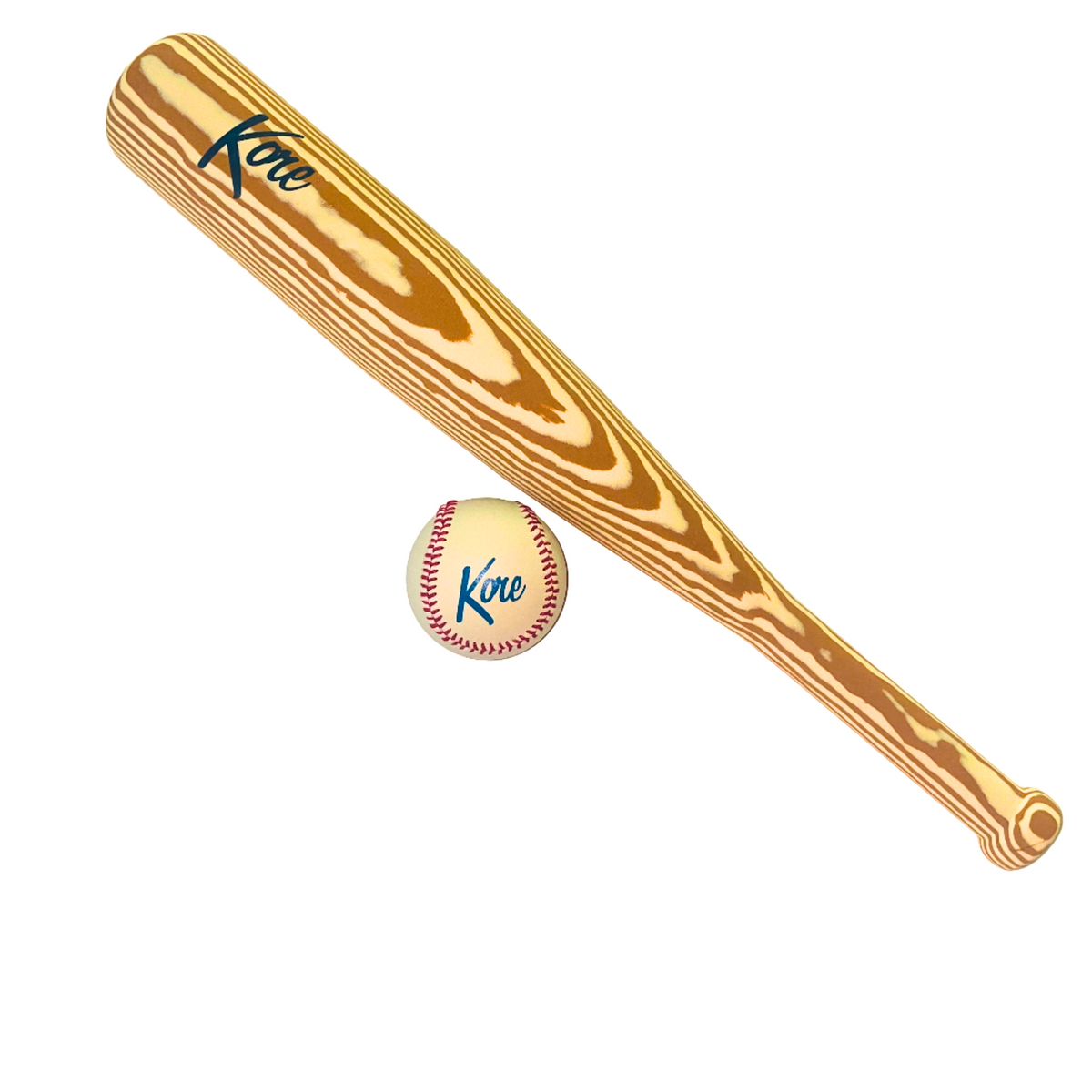How to Throw a Baseball Faster
Throwing a baseball fast and accurately is a skill that takes time and practice to develop. Whether you're a little leaguer looking to improve or an adult getting back into the game, learning proper throwing mechanics and building arm strength are key to throwing heat on the mound. Follow these tips to add velocity to your pitches and become a power pitcher.
Proper Throwing Mechanics
The foundation of throwing hard is having efficient and repeatable throwing mechanics. While some pitchers are blessed with naturally smooth motions, most players have to actively work on their form. Master these proper throwing mechanics to maximize velocity:
Get a Powerful Stride
Your throwing motion starts with your stride foot. As you lift your leg, drive it towards the plate to build momentum. Land firmly on the ball of your foot with your knee slightly bent - this allows your hips to rotate and power the throw. Stride too short and you won't generate enough force.
Rotate Your Hips and Torso
The real power in your throw comes from your hips and torso. As you plant your stride foot, drive your hips towards the plate. Your shoulders should remain closed until the last moment, then rotate aggressively towards your target. Time the upper body rotation just after your hips to transfer energy up the kinetic chain.
Whip Your Throwing Arm
Keep your throwing elbow up and your wrist stiff as you drive your arm forward. Lead with your elbow and whip through the throw, flicking your wrist right at release. This lag between your hips rotating and your arm extending creates elastic energy that boosts ball speed. Follow through towards your target.
Point Your Glove
Your glove hand guides the direction of your throw. Keep your glove hand out in front of your chest pointing to your target. Pull it down towards your hip as you rotate your torso for extra torque. Having an active glove hand prevents your throwing shoulder from opening too early, keeping you closed for maximum power.
Use Your Legs
Driving power comes from your legs. Maintain bent knees and use your legs to jump towards the plate as you release. This engages your larger lower body muscles to take stress off your arm. Bend your back knee and allow your back hip to come through with your shoulders as part of the kinetic chain.
Improving Arm and Shoulder Strength
While sound throwing mechanics provide the baseline for velocity, you also need a strong and flexible arm to put some extra heat on your fastball. Follow this throwing program to build arm strength:
Long Toss
The best way to develop arm strength for pitching is by throwing at progressively longer distances. Start with throws at 60 feet and work your way back as far as you can while maintaining accuracy. This forces you to use your full body rather than just your arm. Build up to throwing 300+ feet to simulate in-game throwing distance.
Sprints
Short burst cardio like sprints and interval training boosts fast twitch muscle fibers responsible for explosive power. Do sets of 20, 40, and 60 yard sprints along with ladder and cone drills to increase arm speed strength. These exercises also improve stamina for repeating your max effort throws.
Sleeper Stretches
Stretching the posterior shoulder muscles opens up your throwing range of motion for increased velocity. The sleeper stretch targets your posterior deltoid, teres minor, infraspinatus and latissimus dorsi muscles. Hold each stretch for 30 seconds, 2-3 times on each side.
Band Pull Aparts
Pull aparts strengthen your rhomboids and rotator cuff for shoulder stability during rapid throwing motions. Loop a resistance band in front of you at chest height. Grip both sides of the band and pull your hands out to the side, squeezing your shoulder blades. Do 2-3 sets of 15 reps daily.
Wall Throws
Throwing against a wall develops arm and shoulder endurance. Start 10 feet away and throw into the wall, concentrating on spinning the ball with power. Move back in 5 foot increments as your arm gets stronger. This drill isolates your throwing muscles to prevent overuse injuries as you increase intensity.
Additional Throwing Drills
Incorporate these additional throwing drills as you work on your velocity:
Towel Drills- Grip a towel and whip it on full extension to isolate your throwing motion. Do 10 reps, really popping the towel at the finish.
One Knee Throws- Take throws from your knee to isolate your upper body and remove your legs. Focus on driving with your torso and whipping your arm without overthrowing.
Medicine Ball Throws - Throw heavier weighted medicine balls at a wall or with a partner. This overloads your muscles to increase power as you move back to a regular baseball.
Underhand Toss - Play long catch underhand, concentrating on putting arc on each throw. This drill promotes full extension and finish.
Quick Feet Drills - Stand on your toes and take throws from a short distance. The unstable surface engages your lower half for more body-wide explosiveness.
Arm Circles - Open up your shoulders before throwing by doing forward and backward arm circles. Start with small circles and increase their size.
Recovery and Rest
While hard work and throwing builds arm strength, periods of recovery and rest are when your body adapts and gets stronger. Make sure to:
- Give your arm a day off between intense throwing sessions
- Get 8-10 hours of sleep nightly to recover muscle tissues
- Eat a protein rich diet to supply muscles with amino acids to grow
- Avoid overuse injuries by stopping if your arm becomes sore
- Listen to your body and take additional rest days whenever needed
Throwing a baseball fast requires using all parts of your body in one coordinated, explosive motion. By mastering proper throwing mechanics, building arm and shoulder strength, and allowing adequate recovery time, you can gain the velocity needed to blow fastballs by hitters. With the right training regimen, anyone can learn how to throw heat on the mound.






